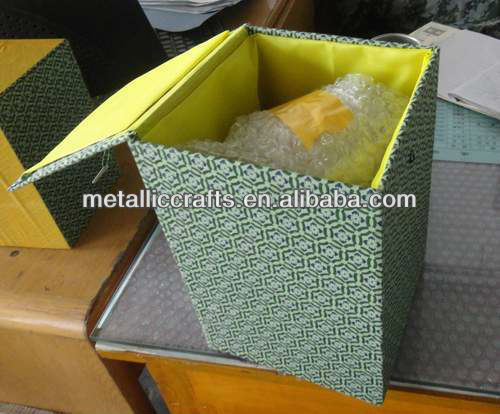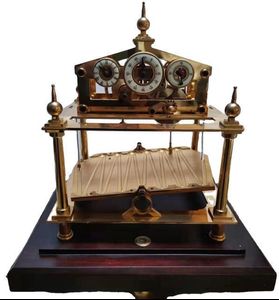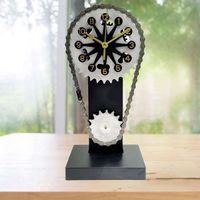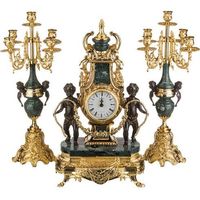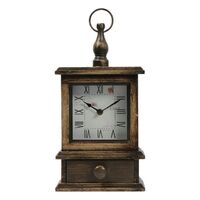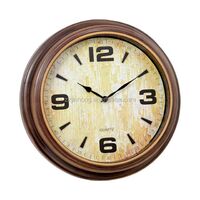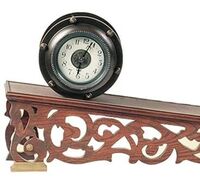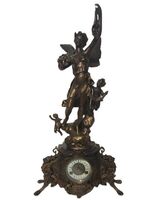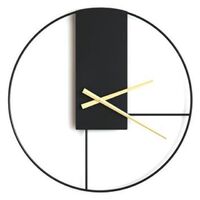Imitation 17 Days Ball Mechanical Clock in Paris 24K Gold Plated Polished Brass 20 Second Congreve, 3 Dials
- $1212.00 /unit
- 1 unit
- Cangzhou Metallic Crafts Co., Ltd.
- Hebei, China
- Mr yuhai duan
| Packaging Details: | carton | Minimum order quantity: | 1 |
| Package: | Gift | Clock movement: | mechanism |
| design: | OEM | Holiday: | Valentine's Day, Mother's Day, Newborn Baby, Father's Day, Eid, Lunar New Year, Oktoberfest, Christmas, New Year, Easter, Thanksgiving |
| shape: | geometric | appearance: | High quality |
| size: | 17 inches tall | Room space: | dormitory, indoor and outdoor, living room |
| alarm: | Do not | Display type: | Needle |
| brand: | DXCMC | Movement material: | polished brass |
| Supply capacity: | 100,000 sets per month | model: | JG9002-1A |
| Commercial buyers: | Department Stores, Supermarkets, Hotels, Discount Stores, Gift Shops | usage: | Home Decoration |
| Holiday options: | support | Room space options: | support |
| Material: | glass and crystal | season: | all seasons |
| type: | desk clock | place of origin; place of origin: | Hebei china |
| Packaging Preview: | port: | Tianjin harbor | |
| design style: | minimalist, modern, industrial, art deco, retro, moroccan, artisan, classic, modern luxury | describe: | metal desk clock |
| payment terms: | L/C,Western Union,T/T | occasion: | Business Gifts, Camping, Travel, Retirement, Party, Gifts, Wedding |
| Occasion selection: | support |
Imitation 17 Days Ball Mechanical Clock in Paris 24K Gold Plated Polished Brass 20 Second Congreve, 3 Dials
Specification
| Dome glass: |
No chips and cracks |
adhesive tape: |
desk clock |
| Case condition: |
very good |
Dial numbers: |
Roman and Arabic |
| pack: |
gift box |
Dial Condition: |
Excellent |
| weight: |
13.8kg |
Movement run: |
Yes |
| aspect: |
350x310x430 mm |
manual: |
Yes
|
Invasion of the Congoff Rolling Ball Clock
OneAssembly clock(also known asCongrave's Rolling Ball ClockorOscillating Path Ball Clock) is a clock that uses a ball that rolls in a zigzag orbit instead of a pendulum to adjust time. It was invented in 1808 by Sir William Congrave. It takes 15 seconds to a minute for the ball to travel along a zigzag track, where it trips the escapement, reversing the tilt of the tray and causing the clock to move forward. As a result, the angle of the plate is reversed and the clock hands move forward one to four times per minute. In versions of the clock with a dial indicating the seconds, the seconds hand jumps forward 15 or 30 seconds with each swing, depending on the length of the track.
Congreve doesn't seem to realize that the rolling ball clock was invented earlier by Nicolas Grollier de Servière and Johann Sayller. Congreve's version differs from Grollier's rolling ball clock in that the ball follows a zig-zag rather than a straight path. While Sayller's version also uses a zig-zag path, it uses multiple balls and a fixed table instead of the single ball and inclined table used by Congreve. The "Extreme Detached Escapement" (Congrave mentions his escapement design) was patented in 1808. Congrave was not a watchmaker, he hired Gravel and Tolkien to make the first working version, which he then presented to the Prince of Wales in 1808. This version was weight driven, but the second design, which appears to be Built by John Moxon, it is spring driven. The second model is in the Buckingham Palace collection.
Congreve's clocks are unreliable timers - the time the ball takes to travel along the track can vary greatly depending on how clean the track and the ball are, and since the boards are aligned horizontally, it's easy to collect dust.
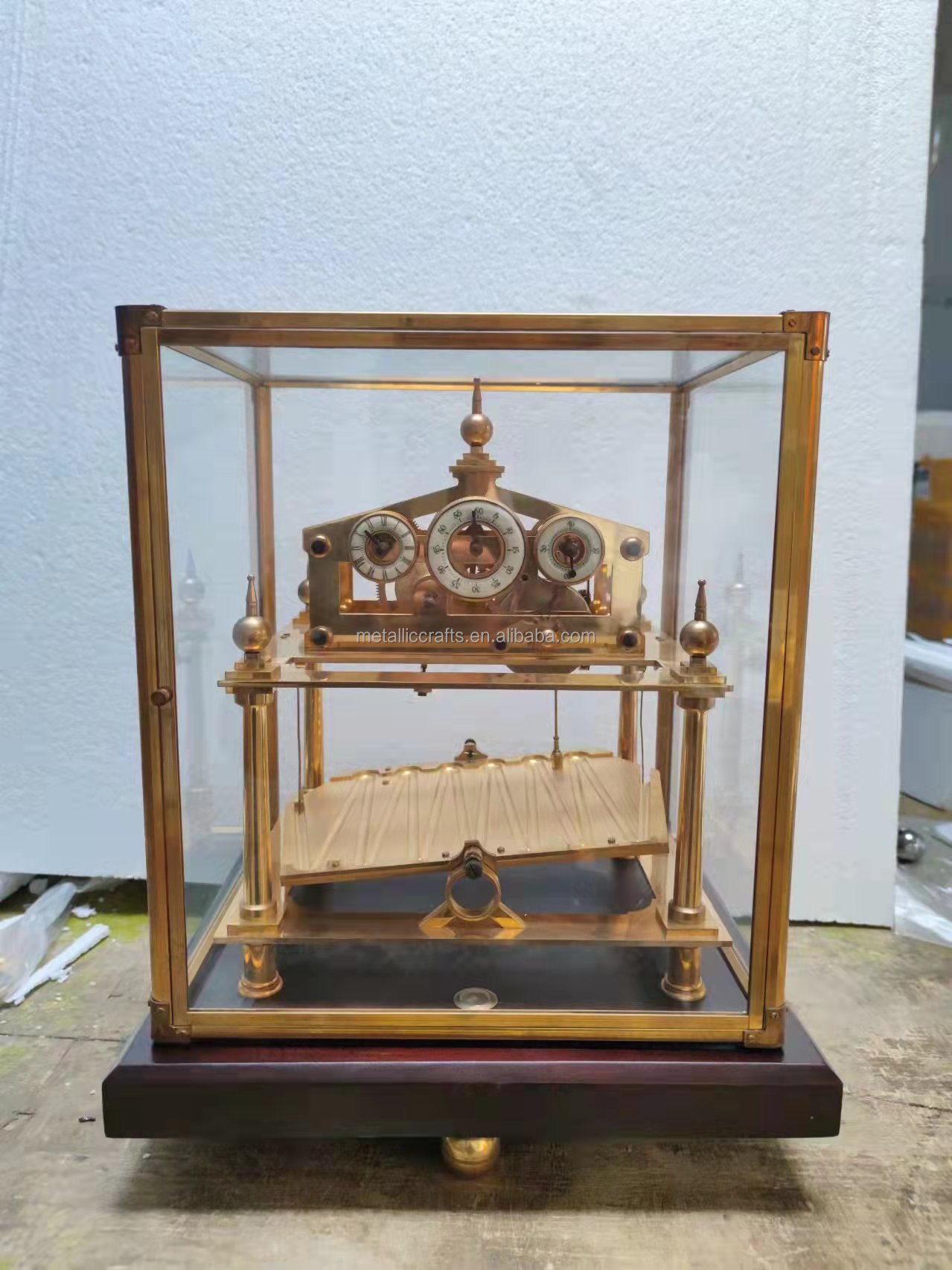
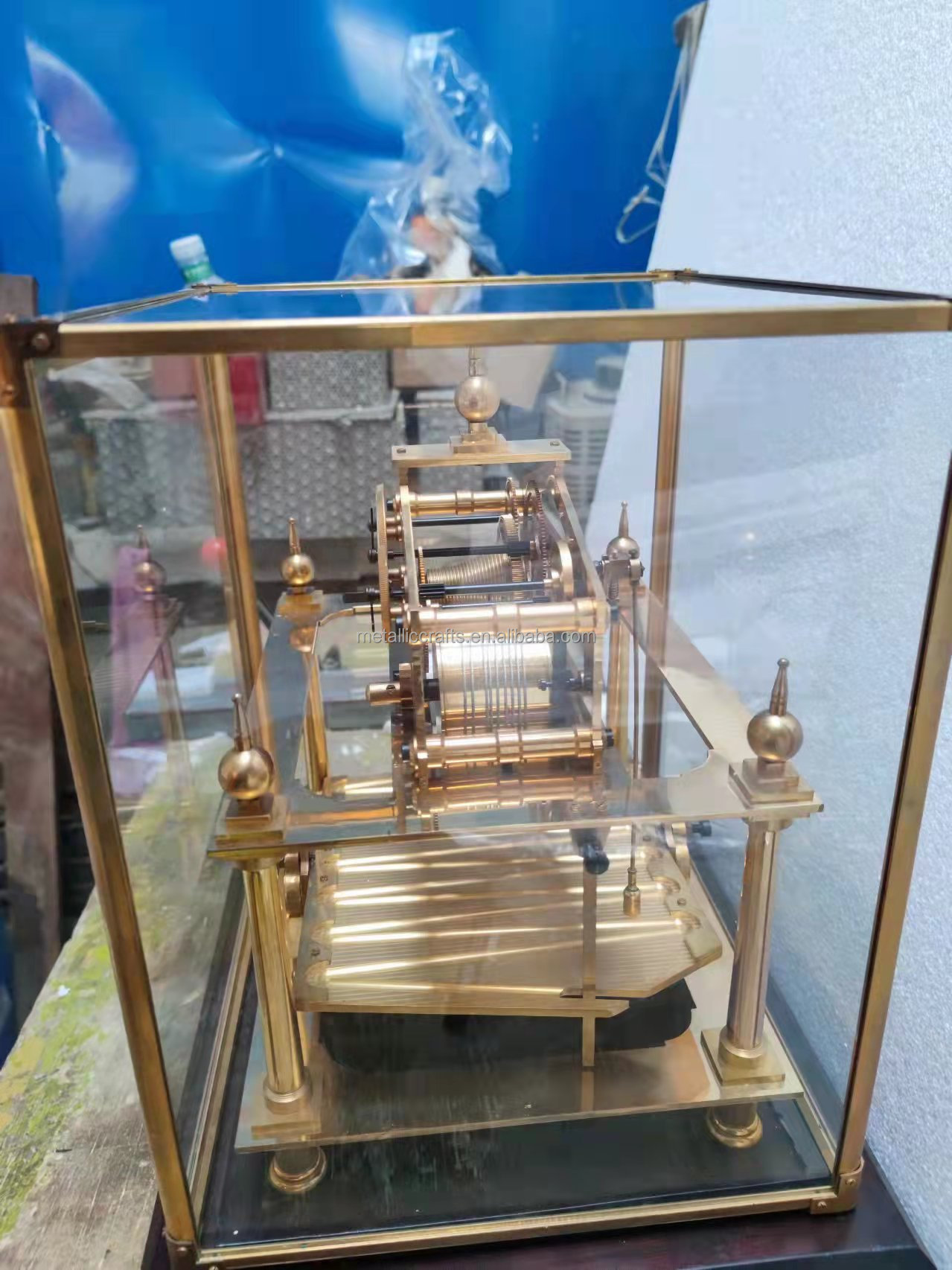
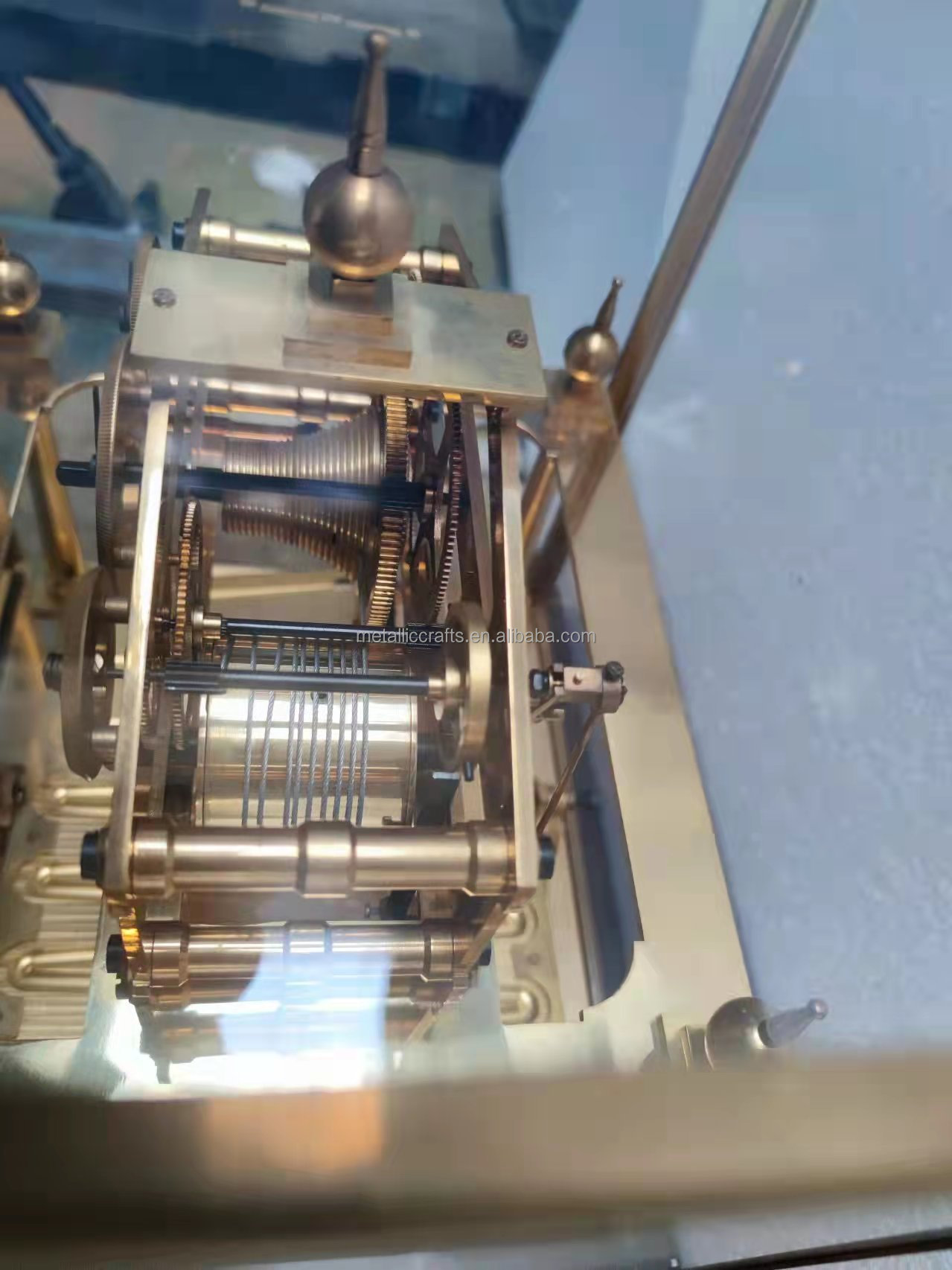
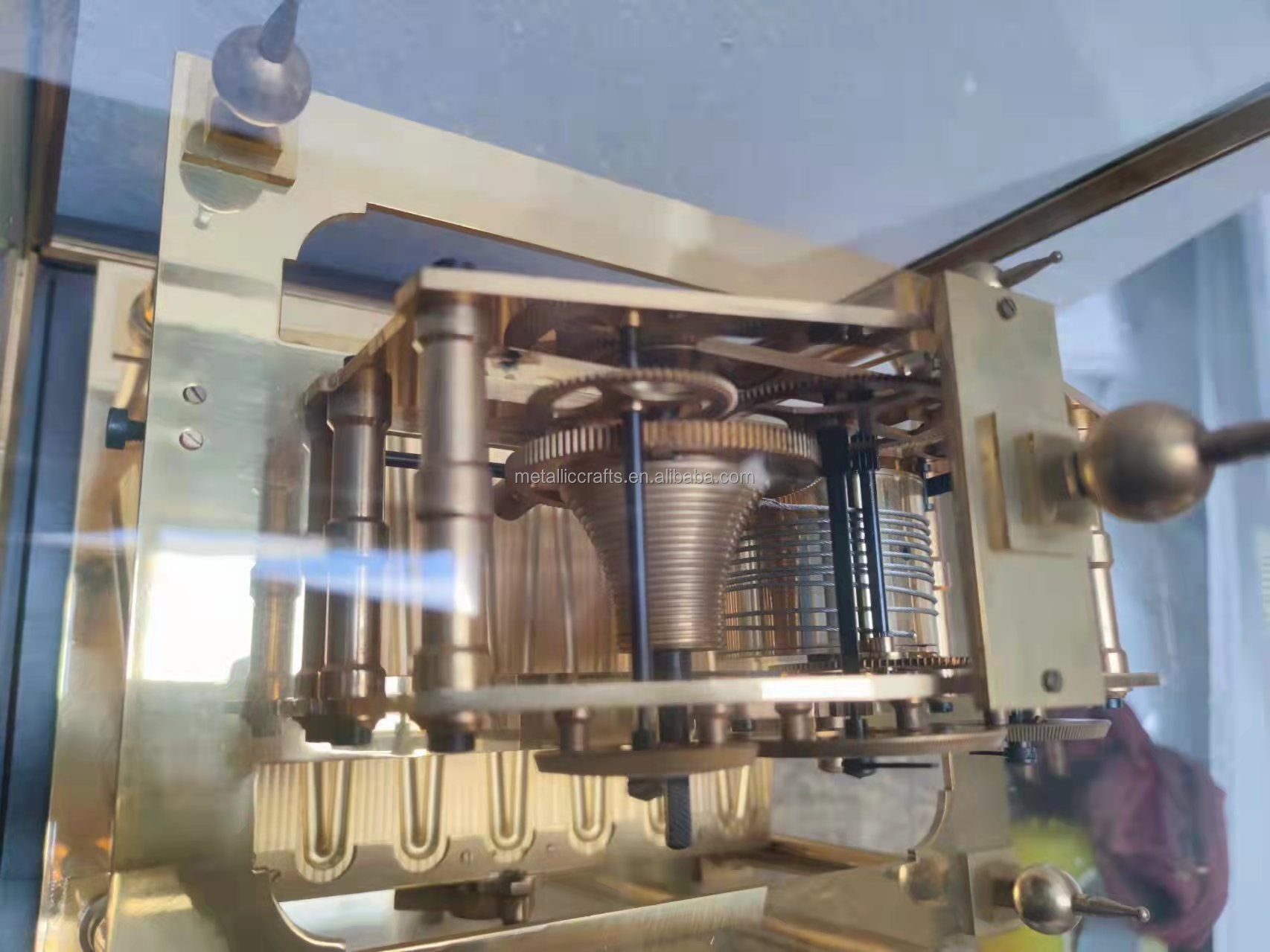
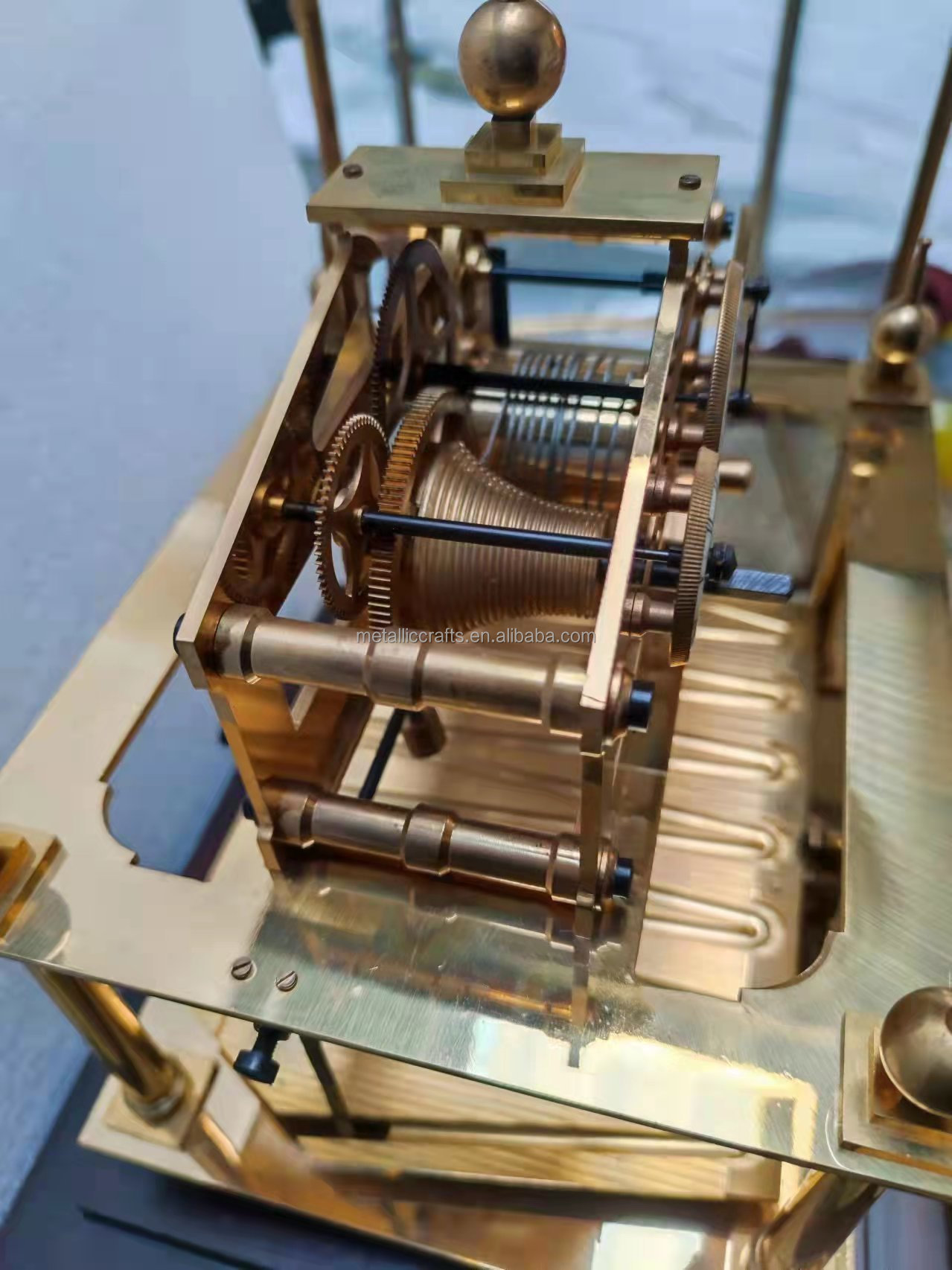
Photo booth
gift box
